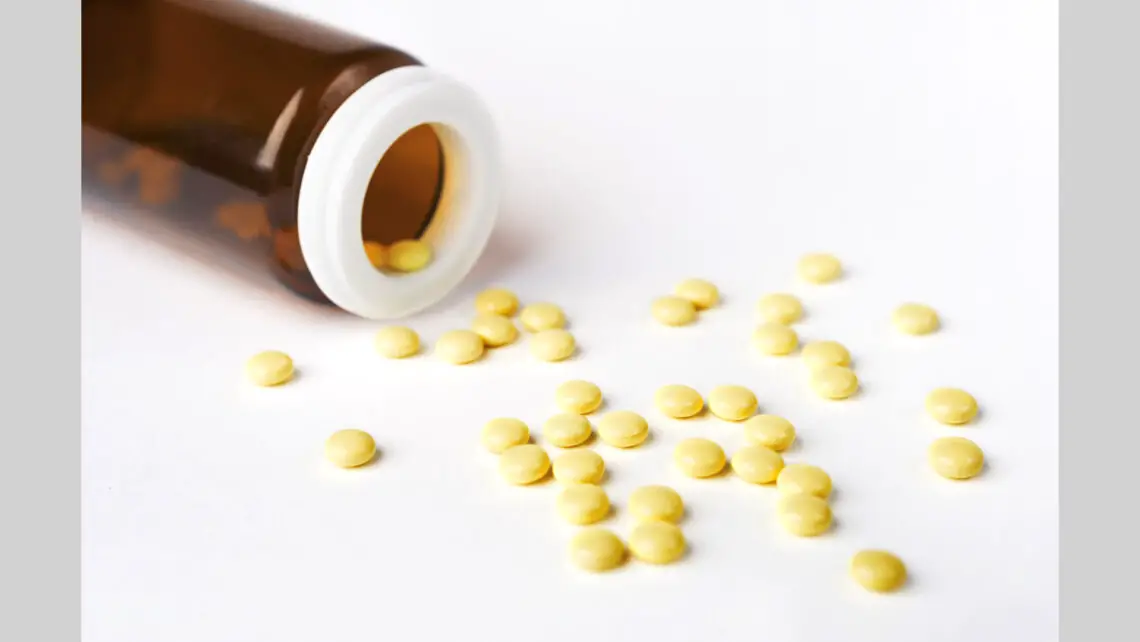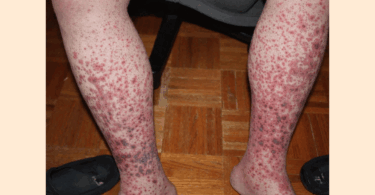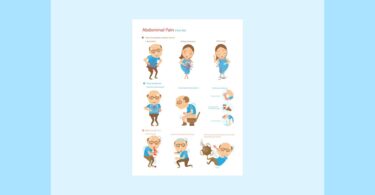David Owen has been practicing medicine and integrated complementary and alternative medicine for 30 years. He has proposed five models in his book, Principles and Practice Of Homoeopathy to explain the process of analysis in different cases1. Case taking plays a very important role in homoeopathy. The information that we receive and record during case taking helps us to find the most similar medicine, understand the constitutions, diathesis, miasmatic forces or tendencies, susceptibility etc2. Hahnemann has provided a comprehensive plan for homoeopathic case taking in the Organon of Medicine. The directions are recorded in aphorisms 83 to aphorism 104.
In our day to day practice, we have seen many homoeopaths who prescribe considering complete symptoms (Boennighausen’s method); giving more importance to general symptoms, especially mind symptoms (Kentian school of philosophy); followed by particulars, considering pathological generals or common symptoms in pathologically advanced cases (Boger’s school of philosophy), considering only keynotes symptoms present in the case, and so on.
A man is constantly acting and reacting with surroundings and trying to strike a balance in order to remain healthy. Hence, while understanding the case, a physician should also explore the various environments of a patient and should be able to find the reasons for the imbalance causing the sickness3. It is difficult to find all the symptoms (mental, pathological or complete symptoms) in a single case. Each case is different and the case itself demands how a physician should consider case taking and analysis. Giving undue importance to any of the elements like mental symptoms, may misguide the physician.
These models help a physician to consider and analyze health and disease in five different ways. These five different models help a physician from case taking to analysis to arriving at the simillimum. These models are not exclusive and are used in combination as the case demands. This combined strategy helps a physician to understand a patient’s illness in different perspectives.
The five models as stated by David Owen are as follows:
- Pathogenic model
- Biological model
- Holistic model
- Holographic model
- Relational model
Pathogenic model :
- This model sees illness in terms of effects by external causes. In this model health is the ability to withstand causes of illness.
- It concerns itself with the cause of the problem using many different modalities including simple lifestyle changes. For example, avoiding acidic foods in indigestion.
- This theory is based on the fact that once the cause is removed, treatment or recovery will follow it. It is more effective when there is a single causative factor.
- It is the level of much conventional disease treatment today, such as treating an infection by killing the infective organisms.
- Once a disturbance is caused by some external stimulus, the organism will be attempting to rebalance itself in response to the cause.
- If, despite treatment, the cause is maintained then, although treatment may give relief, the illness may remain or resurface later as a recurrence.
Clinical application:
- Causation includes predisposing and precipitating or provoking factors.
- A homoeopathic treatment using causation may be chosen on the trigger event, on the factors that precede the patient’s illness. The following things can be considered in this model:
- Trigger event or etiology
- Maintaining cause
- Never well since rubric
- Ailments from etc.
- The question to be asked by the homoeopath in these cases will be:
“What is the cause?”
- This model can be used especially in acute cases, where one can relate illness to the causation and causation can be from both the mental and physical plane.
Case 1:
Pediatric case of asthma: An 8 year old male had an acute attack of breathlessness in school and was brought home by his parents. Sudden fits of cough and breathlessness for one day. When asked about the causation, the mother revealed that he consumed roadside chats like Gobi Manchurian, which he craves the day before the attack. The mother confirmed that whenever he consumes Gobi Manchurian, he ends up with breathlessness the same day.
So, as the case was acute, a remedy which covered the causation was needed. In the HOMPATH repertory, this rubric was found:
(ASTHMA) difficult ailments from: CABBAGE – PETROLEUM
The only remedy present in this rubric was petroleum. Petroleum 200 thrice a day was given and relieved his symptoms.
Biological model :
- The biological model considers health as effects of causation on the organism. That is the capability of an organism to rebalance itself after a threat or cause.
- This can be related to auto regulation or homoeostasis.
- This model explains the relationship between causes and effects as a linear one, as always cause is followed by effects.
- This model explains illness as a reaction of the body to causation and as a set of signs and symptoms.
Clinical application :
- Here a homoeopath should try to elicit the cause behind the cause and also effects of the cause.
- It can be used both in acute and chronic cases, but more in acute ones where the cause and effects are clear and analysis is not complicated.
- A homoeopath can use the following questions with this model to elicit a history from patients:
- Why has this happened now?
- Why has this caused these particular symptoms?
- What was your response to the cause?
- What is the disease process that has ensued?
- Why even when the cause is removed, have things not improved? In chronic cases, a homoeopath should also consider maintaining causes along with exciting ones.
- As we know that a single cause or even multiple causes can lead to diseases, it is the duty of the homoeopath to elicit information in cases with multiple causes and also consider the dynamicity between the patient and the situation they are in.
- Factors which help a homoeopath while adopting the biological model are as follows:
- Single main symptoms
- Single keynotes or PQRS (peculiar, queer, rare symptom)
- Complete symptoms
- Local or clinical prescribing symptoms.
Case 2: A woman of 27 years came with excessive vomiting during pregnancy. Aggravation in the morning and from the odor of food. She was in the 24th week of gestation, and morning sickness was persisting. She has consulted her gynecologist and taken an antiemetic, which was of no use. The only PQRS found in the case was aversion to drinking water since pregnancy. She was a thirsty person who turned out to be thirstless after pregnancy.
Analysis: By considering the above case, the only PQRS symptom in the case was found under the rubric indicating a single remedy in Phatak’s repertory: Aversion, dislikes water, pregnancy during (see thirstless) – Phosphorous 200 (2doses) helped the patient in 2 days reducing nausea and vomiting.
Holistic model :
- The holistic model recognizes that any single cause may in different people, have different effects. This model also suggests that any individual can produce similar symptoms from diverse causes.
- In this model, we should think about the susceptibility of a person, his sensitivity or degree of response to the causes from signs and symptoms.
- The susceptibility of a person can be considered at both the physical and mental levels.
Clinical application:
- The question to be asked by a homoeopath using the holistic model is:
“What are you sensitive to?”
- In this model, it’s not only about external causes and reactions of those organisms, here local causes, local symptoms, psychological and general symptoms are also considered.
- Here a homoeopath, should be able to form a totality of the case by considering:
- Physical symptoms
- Mental symptoms
- General symptoms
- The overall effect of the disease on the patient as a whole will be considered and can be understood as the person’s susceptibility to the disease.
Case 3: A 29 year old female had complaints of dysmenorrhea since 2 years and sudden weight gain of 8kgs since 2years. A complete case history was taken and the following totality was formed :
Physical appearance: obese
Mental symptoms:
- Quarrelsome , menses before
- Uncleanliness
PQRS considered:
- Rectum, diarrhea menses before
- Discharges , loss of vital fluids : acid excoriating (pathological general )
- Thermals chilly, cold in general aggravation.
Physical complaints:
- Abdomen, pain, aching dull pain: menses during
Investigations revealed: USG (Abdomen and Pelvis)
- Mild Fatty infiltration of liver
- Both ovaries are bulky and demonstrate multiple small peripherally arranged follicles
- Bilateral renal microliths
- Left sided extra renal pelvis
- Isolated dilatation of lower pole calyces of right kidney
The case was repertorized using HOMPATH and AMMONIUM CARB 200 was given monthly, one dose for 7 months. Follow-up found relief of all symptoms.
Investigation after treatment revealed: GRADE 2 fatty infiltration of the liver.
Holographic model :
- When a case is partially treated and advancement in the pathology and deceleration in general well being takes place, there will be only few symptoms that are expressed and most of the symptoms are masked due to advancement. So these few symptoms act as source for forming totality.
Clinical application:
- When a case only presents with a few symptoms and most of the symptoms are overshadowed and masked, one can think of using this model to solve the case.
- Here a homoeopath tries to find an essence or themes which are expressed by the patient in all circumstances. This theme runs through both the mental and physical plane.
- Here the physician seeks the order or pattern being expressed or revealed by the patient.
- This can be related to different kingdoms to differentiate the individual as a plant, animal, or mineral remedy.
Case 4: A man of 36 had come for the treatment for infertility. When he was advised to undergo se-men analysis, oligospermia was diagnosed. This information below was considered to form a totality:
- Basically he was a shy and timid man, who always wants his wife to go along with him outside and avoids going out alone.
- Since childhood, he doesn’t talk much in school or even public meetings or family gatherings.
- Very slow in doing work, but does it with extra care and perfection.
- His wife gives all decisions at home as he becomes indecisive and asks for her suggestions for every matter related to the home.
- He is a very dull person since his childhood and needed extra tutoring to study. He cannot learn new things easily and needs more time than most.
- He’s very anxious about health matters and worries about what people think of him.
By considering the above mentioned items which runs through the case (slowness, dullness, retarded growth at the mental level for his age), and his thermals and thirst, Baryta carbonicum was selected.
After 3months with follow-up for every month, a dose was repeated. His lab tests reports were redone after treatment and came out normal. His wife subsequently conceived and was blessed with a baby girl.
Relational model:
- This model has a broader sense of connecting the living organism with its surroundings. It suggests that the patient is at all times projecting onto the surrounding people and environment, and people and the environment will be constantly projecting onto the patient.
- This model can be called a reflective approach. The physician tries to apply psychodynamic methodologies to assess the case. Here the dynamic nature of the relationships between the homoeopath and client reveals important aspects of the case.
Clinical application :
- Applicable in one sided cases where most of the picture is masked.
- It requires a lot of experience to use this model in day to day practice.
- This model requires the homoeopath to reflect carefully about her mental and physical reactions to the client and also to knowing herself well.
- Cases which come with reports and investigations lacking in general symptoms can be treated using this model.
This model is used only by experienced homoeopaths who can analyze the case by intuitive methods with their clinical experience and knowledge.
Reference:
- David owen, Principles And Practice Of Homoeopathy: copy rights Elsevier ltd 2007 : published by Similibis India.
- Munir ahmed R, Fundamentals of Repertories : published by I Line Publishers and distributors pvt ltd.
- Shashi Kanth Tiwari , Essesntials Of Repertorization : published by B Jain Publishers ltd.





